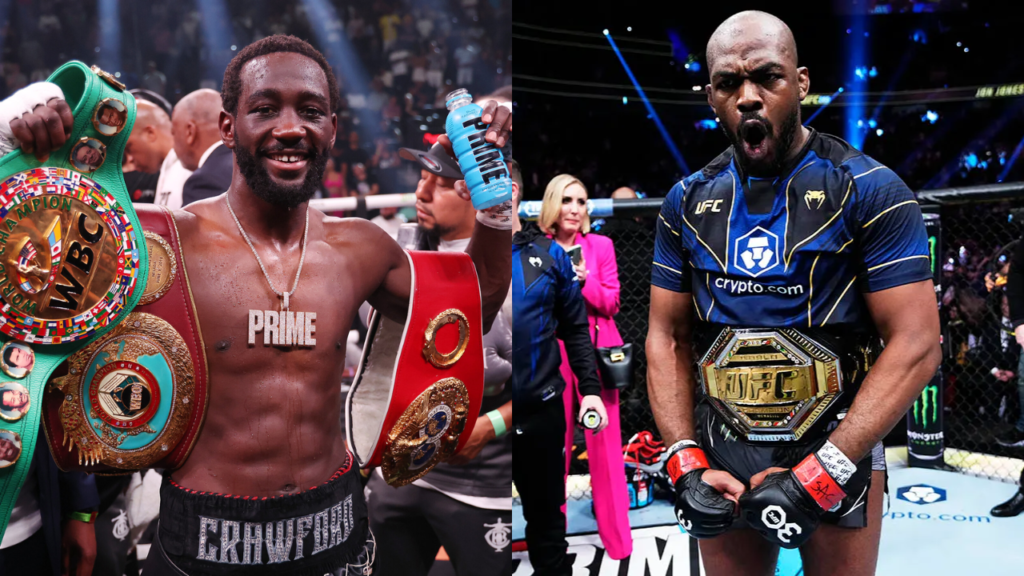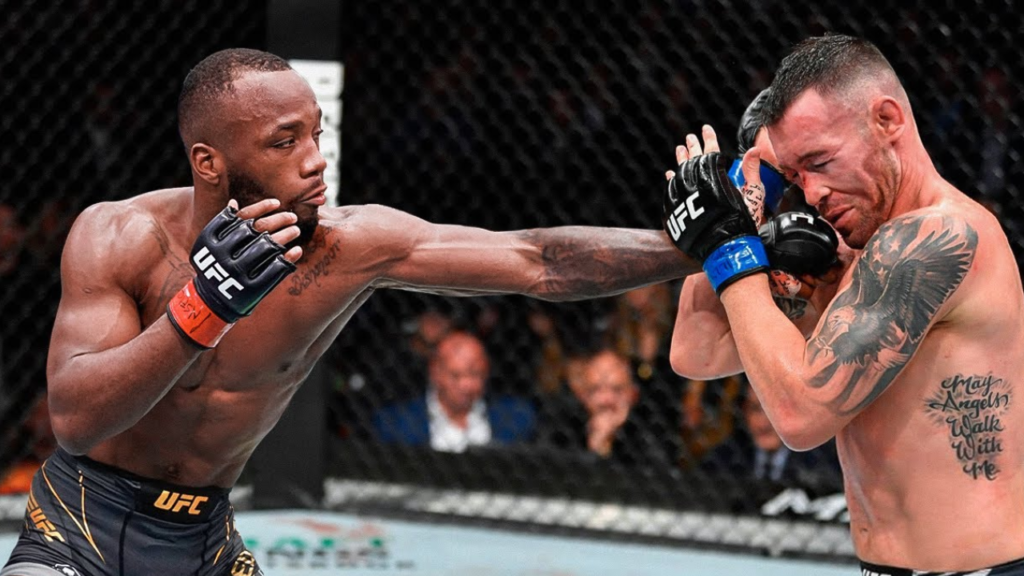The Problem
From the MMA light heavyweights (205 lbs.) down to atomweight (105 lbs.), weight cutting has remained a problem among the leaders of the sport from several perspectives. Much like in other combat sports such as boxing and wrestling, in most of the top MMA organizations, fighters fight in the lowest weight class they can reach the night before the fight. They do so to give themselves the largest size advantage over their opponents the night of the fight ー when they hope they will return to their natural size ー or to minimize any size advantage that their opponent might possess. But the question remains: at what cost? ESPN’s Marc Raimondi cited this as one of the sports biggest problems.
Most of the dangers in cutting large amounts of weight lie in the fact that during the time of the weight cut, fighters are ridding their bodies of the proper water and nutrients that they’re used to. Often, fighters step on the scale resembling a zombie from a horror movie as they’re just minutes away from passing out from exhaustion and dehydration. In fact, several fighters have been forced to cancel their fights due to being rushed to the hospital ー moments before weigh-ins ー because their bodies couldn’t handle the negative effects of weight cutting. A couple of examples: Uriah Hall, Khabib Nurmagomedov, Renan Barao. Some fighters such as Joanna Jedrzejczyk and Cristiane “Cyborg” Justino have had some pretty terrifying videos of their weight-cutting as well.
Aside from the short and long-term health risks, weight cutting is also an issue from a matchmaking perspective. It has become such a prominent issue for so long because, nearly every fighter cuts as much weight as possible, meaning: a fighter who decides not to, will be at a large size disadvantage the night of the fight. A fair fight ー in the eyes of most ー involves two fighters who are similarly sized, so if one fighter cuts as much weight as possible, and their opponent doesn’t (for safety reasons) that fighter is forced to fight a much larger fighter. For reference, former UFC champion Cristiane “Cyborg” Justino admitted that she’s normally 180 lbs. but she fought in the UFC’s 145-pound division. That creates a 35-pound weight difference between her and a hypothetical opponent that didn’t cut weight.
To be clear, the message here is that we need to get rid of the insensitive “undisciplined fighter” mantra that is used to judge fighters for missing weight. Most of the time fighters miss weight due to things far from their control such as health issues, injuries obtained during a training camp, large amounts of muscle mass, and even menstrual cycles for female fighters. Veering away from the weight-cutting culture would eliminate the prospect of these things defining a fighter or being an asterisk attached to their names.
The Solution
ONE FC is one of the world’s top martial arts organizations and I believe they’ve found the answer to weight cutting. Each fighter’s hydration is tested before the weigh-ins and if a fighter is dehydrated (signifying that they’ve cut a large amount of weight) they will be disqualified. This system is a much safer option for the fighters and forces them to fight at their normal weight.
“ONE leads the global martial arts industry by banning weight-cutting by dehydration, choosing instead to implement a revolutionary system that ensures athletes are fully hydrated, fit, and healthy ahead of their bouts.” Read more
As MMA continues to grow, the issues that compromise the integrity of the sport must be addressed and fixed. The current and potential fans don’t deserve a watered-down product and the fighters don’t deserve to have near-death experiences in order to compete.







